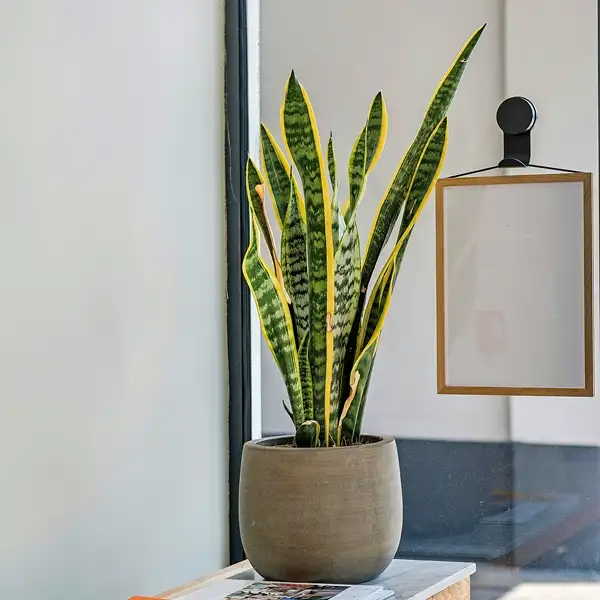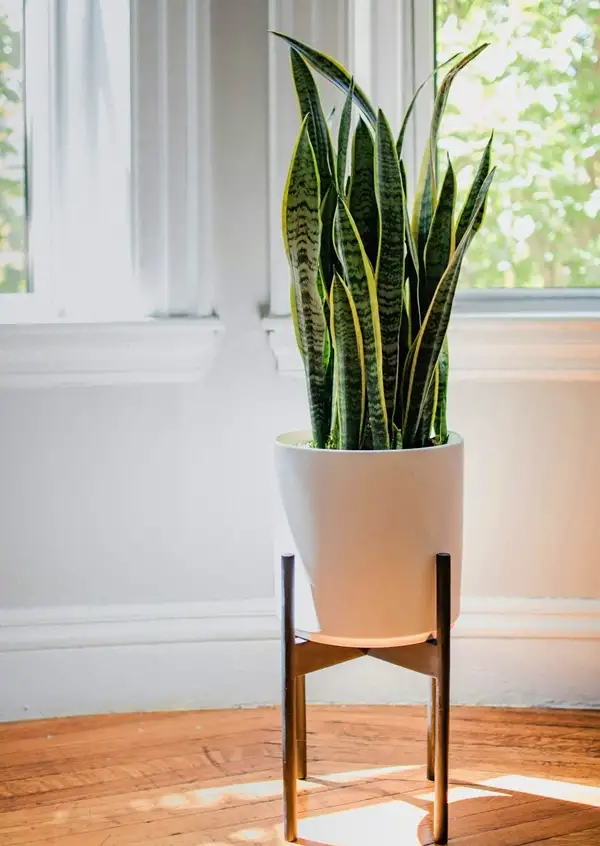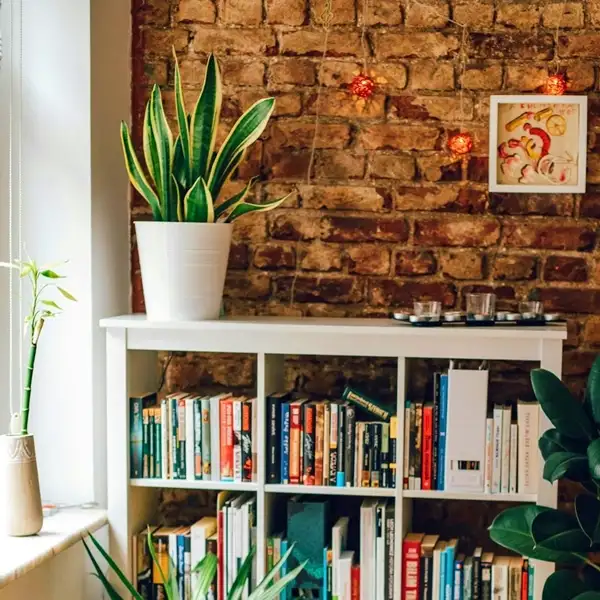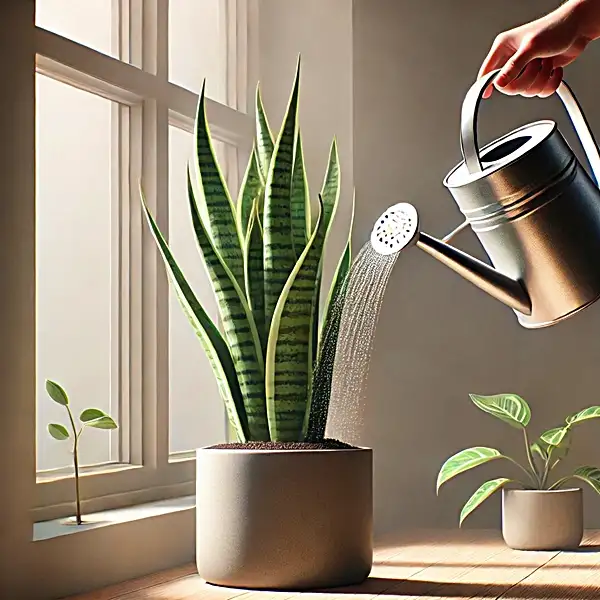Key Takeaways
| Key Takeaways | Why It Matters |
|---|---|
| A plant that thrives with little care | Perfect for beginners & busy individuals |
| Boosts indoor air quality | Helps remove hidden toxins from your home |
| Simple steps for successful planting | How to plant a Snake plant? Ensure your snake plant grows strong & healthy |
| Choosing the best soil and pot | Avoid common planting mistakes |
| Proper watering and light exposure | Prevent overwatering & keep your plant thriving |
| How to safeguard against pests | Keep your plant pest-free with these easy methods |
| Long-term maintenance tips | Enjoy a healthy, vibrant snake plant for years |
Snake Plant Benefits
There is something magical about introducing a new plant into your home. While working as a consultant for an urban gardening project, I met countless individuals finding low-maintenance plants that could thrive in apartments or offices. One of the most common questions I heard was, “What’s the best way to plant & care for a snake plant?” That’s when I realized how important it is to guide beginners on the simple process of how to plant a snake plant properly.

- It is hailed as an ‘almost indestructible‘ choice of indoor greenery and has gained fame due to its air-purifying abilities. NASA’s Clean Air Study found that snake plants can remove several toxins like formaldehyde, xylenes, and benzene from surrounding indoor air.
- Snake plants are native to West Africa’s tropical environment but they adapted quite well in different surroundings globally. These plants feature long pointed leaves growing vertically which can grow up to 2 meters depending upon their type. The snake plant or mother-in-law’s tongue (another playfully coined nickname), unlike high-maintenance green companions, does not demand constant care making it suitable even for novice gardeners.
- Apart from their easy maintenance and aesthetic appeal, these plants have been associated with many health benefits too as they absorb CO2 at night which improves room oxygen levels promoting better sleep quality.
- Last but importantly being tolerant against lower light levels, irregular watering schedules, and temperature fluctuations assuring an evergreen pleasure make these fit perfectly in modern households.
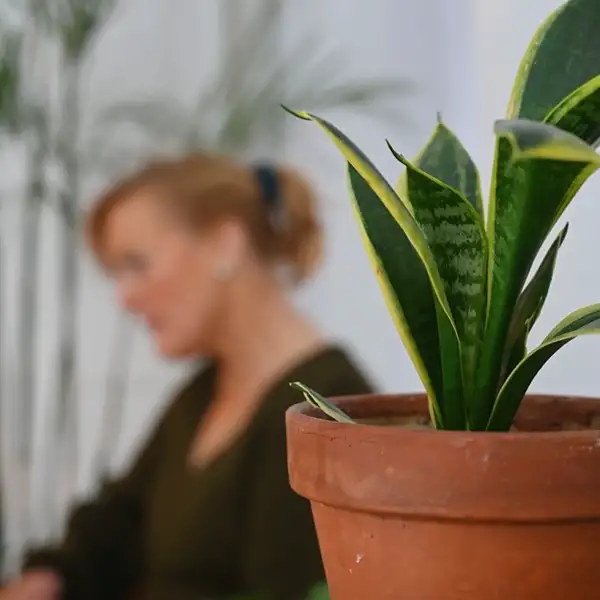
Preparing for Plantation: How To Choose the Right Pot & Soil
Before you start planting a snake plant at home, there are two essential things that need careful consideration-the right pot & soil mix.
| Aspect | Recommendation | Benefits |
|---|---|---|
| Pot Material | Terra cotta or ceramic | Provides breathability, prevents water stagnation, and reduces root rot risk |
| Pot Size | 1-2 inches larger in diameter than the root ball | Allows comfortable root growth and ensures rapid soil drying post-watering |
| Soil Type | Well-draining mix | Prevents overwatering and root rot. |
| Soil Components | 70% potting mix, 30% perlite or coarse sand | Enhances aeration and drainage, promoting healthy root development |

(Step-by-Step Guide) How To Plant a Snake Plant
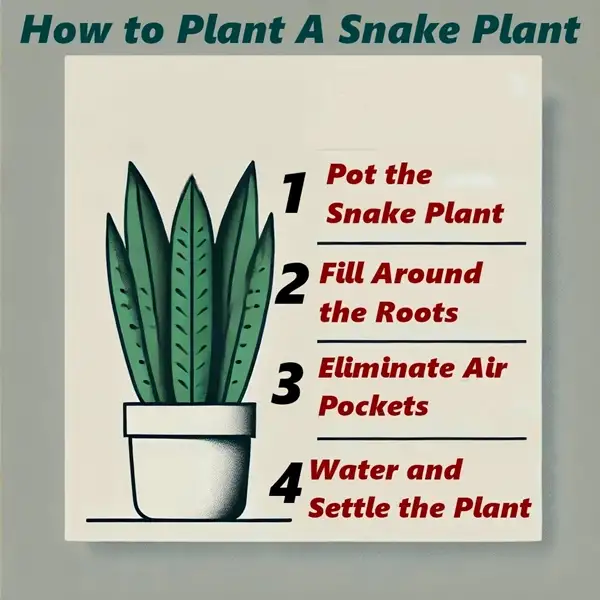
Now that we have covered preliminary requisites, let’s proceed toward the actual plantation process step-by-step.
Pot the Snake Plant
- First, position your snake plant carefully inside your chosen pot, which should be filled up to one-third with well-mixed soil.
- Ensure the plant sits approximately 1″ (inch) below the rim, allowing for effective watering without any spills.
Fill Around the Roots
- Next, fill remaining spaces around plant roots with more fresh soil until it reaches just below neat part (where leaves start growing out).
Eliminate Air Pockets
- Gently tap sides making sure no air pockets are left within whilst keeping a firm hold on base assuring its upright position.
Water and Settle the Plant
- Once done watering thoroughly till water runs off from drainage holes will settle down the freshly moved snake plant marking completion of a successful transplantation procedure.
3 Expert Tips for Proper Watering & Sunlight
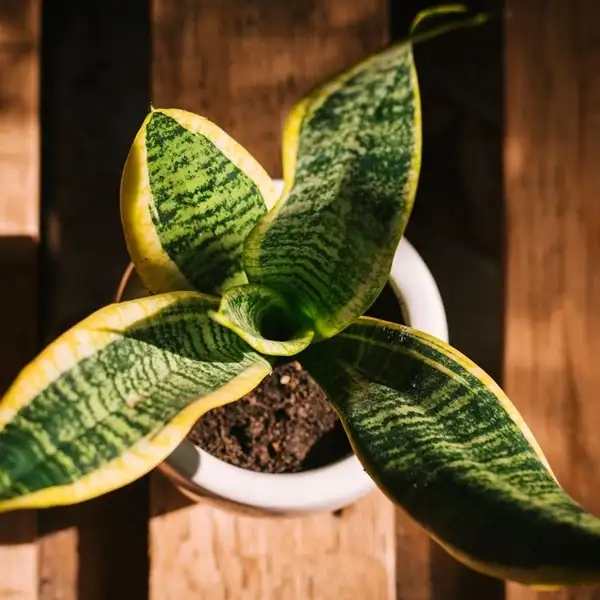
Water management remains crucial when maintaining snake plants at home. Whenever we hear about succulents, overwatering as a common killing factor should concern us consciously.
| Factor | Guideline | Notes |
|---|---|---|
| Watering Frequency |
|
|
| Light Exposure |
|
|
| Light & Watering Relationship |
|
|
How To Protect A Snake Plant from Pests & Diseases
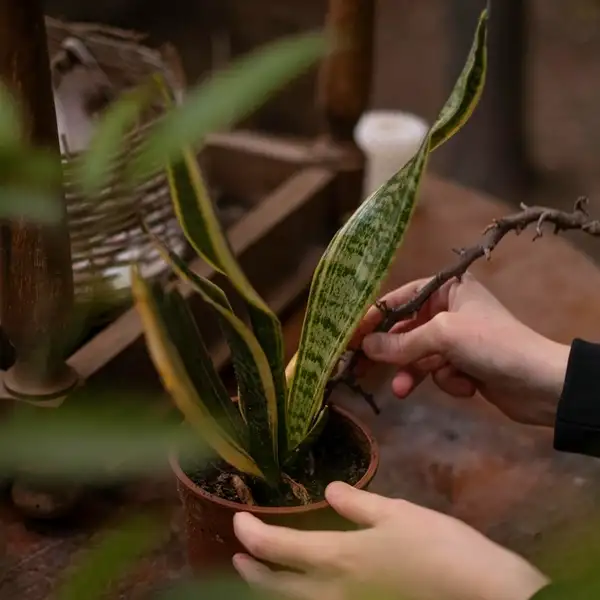
Although they are resistant by nature, Snake plants can fall prey to pests like mealybugs or spider mites, which suck the sap out of the plant rendering white patches discovered upon close inspection.
| Issue | Symptoms | Preventive Measures | Treatment |
|---|---|---|---|
| Mealybugs |
|
|
|
| Spider Mites |
|
|
|
| Root Rot |
|
|
|
| Leaf Spot Disease |
|
|
|
Remember, prevention always works better than cure, so remain vigilant about these potential problems – early diagnosis aids faster revival!
How to Care for & Maintain Snake Plants Long-Term
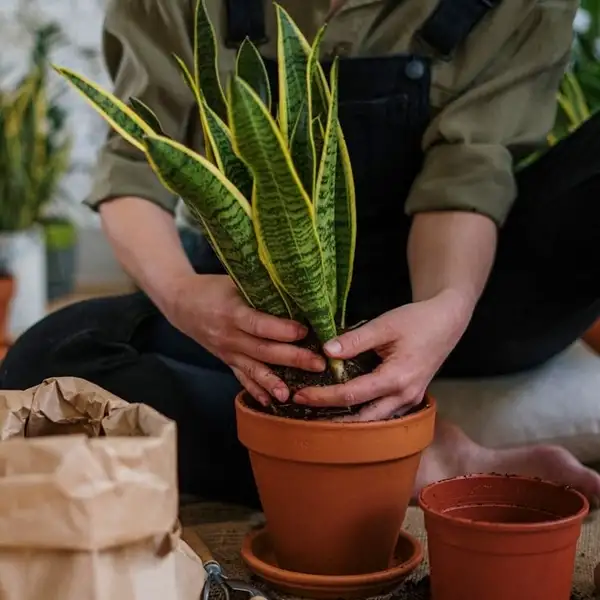
Caring for snake plants involves keeping a check on essential factors like soil moisture levels, sunlight exposure & periodic fertilizer inputs, especially during their active growth periods around spring-summer season. Use a balanced houseplant feed to ensure their nutritional needs are met, enhancing healthier growth.
Winter seasons induce a dormancy phase. During this time, reduce watering frequency and completely stop fertilizing, allowing the plants a restful break until the next active cycle resumes.
Occasional wipe-downs with a wet cloth remove dust buildup enabling efficient respiration through leaf pores and maintaining good health much necessary for any indoor dwelling plant species, not just snake plants.
Remember, constant vigilance towards symptom changes ensures a maintenance-free journey with these hardy Sansevierias, promoting lifelong companionship. They impart aesthetic appeal coupled with air-purifying benefits, making our surroundings livelier, one plant at a time!
Plant A Snake Plant Today!

Maintaining home decorum featuring indoor greenery promotes eco-friendly living spaces where having something so low-maintenance yet high-yielding as a snake plant definitely adds value.
Undoubtedly, who wouldn’t love such bold architectural beauty standing in corners, cleaning our surrounding air while demanding almost nothing in return? This prompts the famous quote –
“Less Maintenance, More Oxygen.”
Frequently Asked Questions
Do snake plants multiply?
Yes! They produce new shoots (pups) at the base which can be separated & replanted.
How do you encourage new snake plant shoots?
Provide bright, indirect light, regular watering & occasional fertilizing during growing season.
How to grow a snake plant from cutting?
Cut a healthy leaf into 4–6 inch pieces, plant them upright in soil & keep them in indirect light until they root.
Where to place a snake plant in home?
Keep it in indirect light or low-light areas avoiding prolonged direct sunlight to prevent leaf burn.
What kind of soil does a snake plant need?
A mix of potting soil, perlite & sand (70:30) ensures proper drainage & prevents root rot.
What to do when you first get a snake plant?
Repot it in well-draining soil, water lightly & place it in indirect light to help it adjust.


